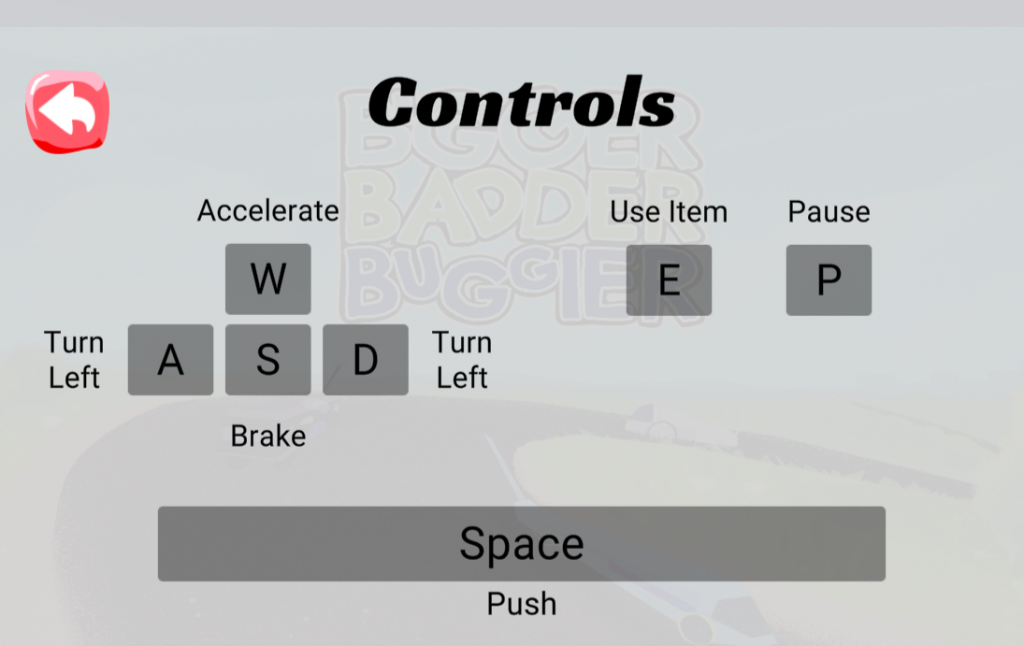Over the course of this semester, playtesting has been fundamental to our game development process. Every Friday during class time, we test our latest builds in-house; meanwhile, every Wednesday evening, we conduct external playtests to people who may or may not have played our game before. Playtesting allows us to identify bugs and get feedback on art and design choices, which then allows us to further iterate on our game.
We approach our playtests with a general set of questions. For instance, every playtest we ask our volunteers if they are familiar with CMU buggy, and how comfortable they are with video games. If people are unfamiliar with the tradition of buggy, then we have the challenge of quickly familiarizing them with it in-game; if people aren’t avid gamers, then we need to make sure our controls (like WASD for movement) are clear.

We also ask questions tailored towards our main focus at the time. Over these next few weeks, our specific questions will focus on:
- Art: Shadows and lighting
- Design: The tutorial screen, and button layout
- Code: How driving feels, player and opponent speeds, and notable differences in speed and acceleration among our buggy variations

We ask our questions in three parts: a pre-survey before playtesting, during the actual playtest, and in a post-survey. Typically, the pre-survey covers our more general questions, while the more specific questions are asked during or after the playtest. And sometimes, we don’t even have to ask a question: we can observe the player and see for ourselves if the AI opponents are too fast, or if textures are glitching, or whatever else comes up during the playtest.

After playtests are all said and done, the next thing to do is translate that feedback into action items and implement them into the game. While that usually means fine-tuning what we’ve already got, sometimes we end up implementing new features altogether. For example, players can now steer with arrows keys, instead of being restricting to just WASD. We reskinned our Distraction flag powerup, and made it Area-of-Effect (AOE)-activated.

Old Distraction Flag design 
New Distraction Flag design 
Distraction Flag AOE indicator
As the semester goes on, we aim to do a lot more playtesting. With just a few weeks left until our final build, we look forward to sharing our game with the public.